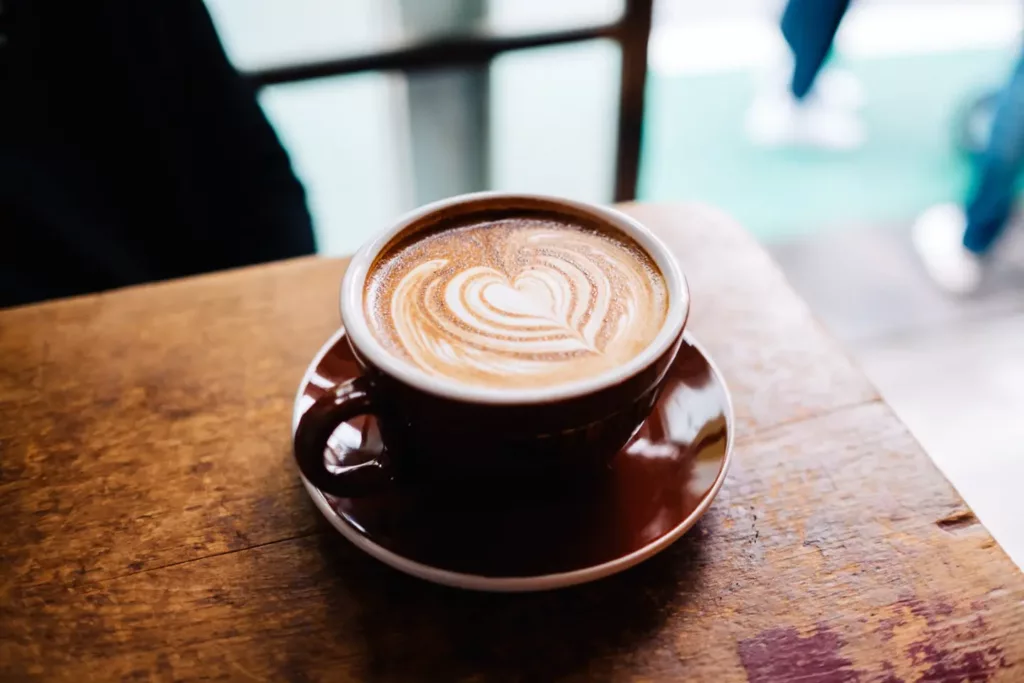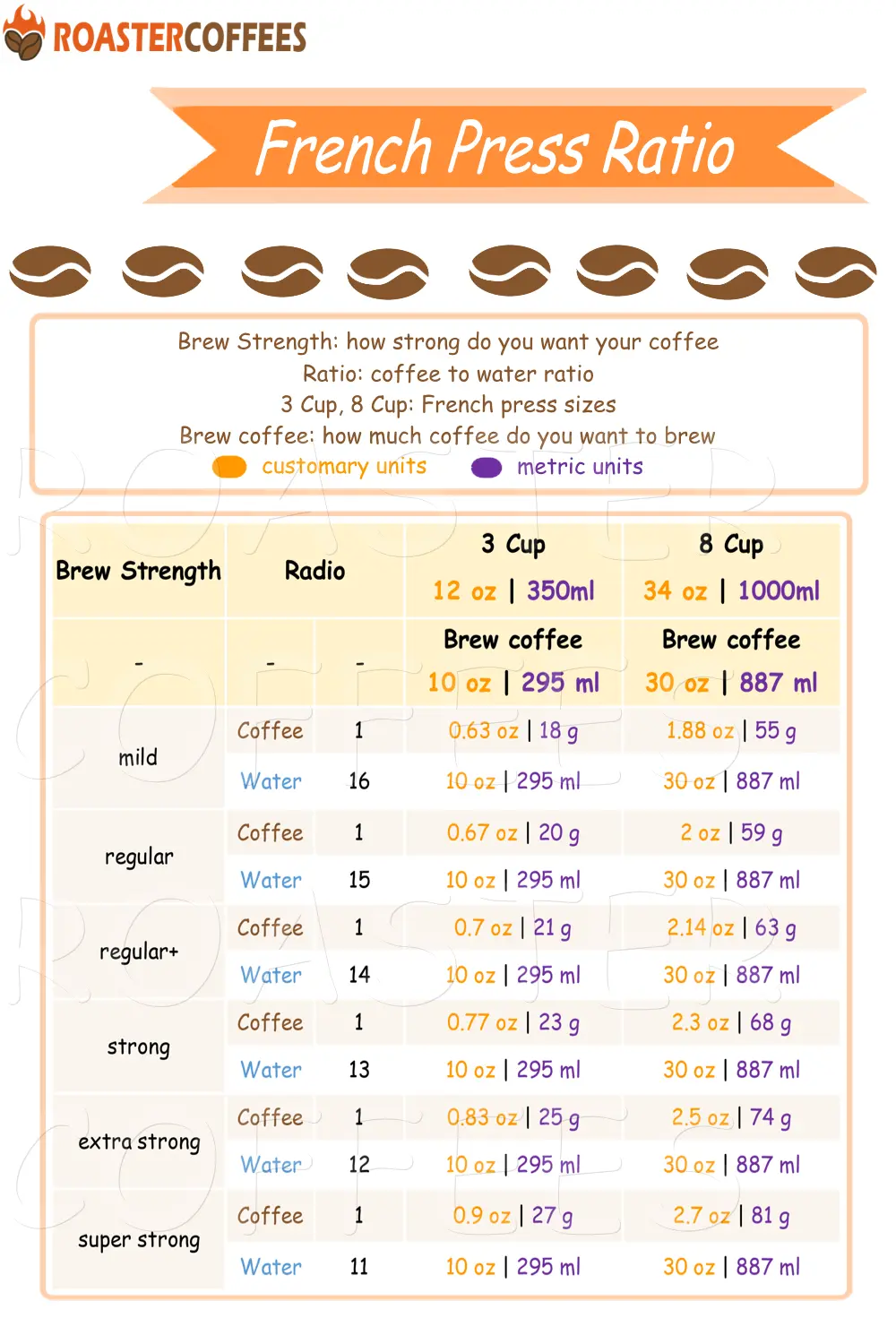Coffee lovers across the globe have developed unique brewing preferences over the years, giving rise to a diverse array of coffee styles. Among the most popular are cold brew coffee and regular (hot) coffee, each offering a distinct flavor profile and brewing experience. While the two may share the same basic ingredient—coffee beans—the difference in brewing techniques, flavor, caffeine content, and overall experience is substantial.

This article will explore the core differences between cold brew coffee and regular coffee, providing insight into why one might prefer one over the other and how they cater to different tastes and lifestyles. By the end of this comprehensive guide, you will have a deeper understanding of both brewing methods and the science behind their unique characteristics.
1. Brewing Method: Temperature and Time
The most fundamental difference between cold brew coffee and regular coffee lies in the brewing method. The role of temperature and time significantly impacts the outcome of both beverages, creating two distinct types of coffee.
a. Cold Brew Coffee: A Slow, Gentle Extraction
Cold brew coffee is made by steeping coarsely ground coffee beans in cold or room temperature water for an extended period, typically between 12 and 24 hours. The process relies on time rather than heat to extract the flavors from the coffee grounds.
Process: To prepare cold brew coffee, a typical ratio of coffee grounds to water is about 1:8. After mixing the two, the coffee steeps for several hours in cold water. Once the steeping is complete, the grounds are filtered out, leaving behind a concentrated coffee solution. Temperature: The lack of heat in the brewing process is a defining characteristic of cold brew coffee. The water temperature remains between 50-70°F (10-21°C) throughout the extraction. Time: Cold brew takes longer to make, typically requiring 12 to 24 hours of steeping time. This extended process allows the coffee to develop a rich, smooth flavor profile with minimal acidity and bitterness.
b. Regular Coffee: A Quick, Hot Extraction
Regular coffee, whether brewed using a drip coffee maker, pour-over method, or French press, is extracted using hot water. The heat expedites the brewing process, allowing the coffee to be ready in a matter of minutes rather than hours.
Cold brew coffee generally has a higher caffeine content than regular coffee, primarily due to the brewing method. Cold brew is made by steeping coarse coffee grounds in cold water for 12-24 hours, extracting more caffeine over the longer brewing period. The result is a concentrated coffee that often contains more caffeine per ounce than regular coffee, which is brewed with hot water in a shorter time. However, cold brew is typically diluted with water or milk before consumption, making the final caffeine content more comparable to regular coffee depending on how it's prepared and served. A caffeine calculator is a handy tool to understand the difference in caffeine content between cold brew and regular coffee.
Process: Regular coffee is typically brewed by pouring hot water (usually between 195-205°F or 90-96°C) over medium-ground coffee beans. The hot water extracts the coffee's flavors, oils, and caffeine quickly, resulting in a cup that is ready to drink within 2 to 5 minutes. Temperature: The brewing process relies on hot water, which plays a crucial role in extracting the coffee's compounds, including oils, aromatic compounds, acids, and caffeine. Time: Regular coffee can be prepared much more quickly than cold brew. Most brewing methods, such as drip coffee makers or espresso machines, take just a few minutes to produce a hot cup of coffee.
2. Flavor Profile: Bold vs. Smooth
One of the most noticeable differences between cold brew and regular coffee is the flavor. The brewing method has a significant impact on how the coffee tastes, and each brewing style produces a unique flavor profile.
a. Cold Brew Coffee: Smooth, Mellow, and Low Acidity
Cold brew coffee is known for its smooth, mellow flavor, which is often described as slightly sweet. The cold water extraction method draws out different compounds than hot water, resulting in a coffee that is less acidic and bitter than regular coffee.
Low Acidity: Since cold brew is made without heat, it extracts fewer acidic compounds, making it gentler on the stomach and less likely to cause acid reflux. This low acidity gives cold brew its characteristic smoothness and makes it a favorite for those who prefer a less intense coffee. Sweetness: Many drinkers describe cold brew as naturally sweeter than regular coffee, even without the addition of sugar or cream. The longer steeping process allows the coffee to extract more sugars from the beans, contributing to a subtly sweet flavor. Mild Bitterness: Cold brew coffee has minimal bitterness, as the extended brewing process and cold water extraction pull out fewer bitter compounds than hot water brewing methods. This results in a cleaner, more refreshing cup.
b. Regular Coffee: Bold, Complex, and Bright
Regular coffee, brewed with hot water, tends to have a more complex and bold flavor profile. The high temperature extracts a wide range of compounds from the coffee beans, resulting in a cup that is rich in acidity, bitterness, and flavor nuances.
Higher Acidity: Regular coffee is generally more acidic than cold brew, with hot water extracting acidic compounds that contribute to the bright, tangy notes often associated with the beverage. Some coffee drinkers enjoy this acidity, as it can enhance the fruity or citrusy flavors in certain beans. Bitterness: Regular coffee, especially if over-extracted, can have a pronounced bitterness. While some bitterness is desirable, over-brewing or using too fine a grind can result in an overly bitter cup. Complex Flavor: The hot brewing method extracts a broader range of compounds, including oils, acids, and aromatic substances, which gives regular coffee a more layered and complex flavor. Depending on the beans and roast profile, regular coffee can have a wide range of flavors, from fruity and floral to nutty and chocolatey.
3. Caffeine Content: Which Packs More Punch?
The caffeine content of cold brew and regular coffee is another key difference, but the answer to which one contains more caffeine isn’t always straightforward. Several factors, including the coffee-to-water ratio, grind size, and brewing time, influence the caffeine levels in each cup.
a. Cold Brew Coffee: Concentrated but Diluted
Cold brew coffee is often made as a concentrate, meaning that it has a higher coffee-to-water ratio than regular coffee. As a result, cold brew concentrate can contain significantly more caffeine per ounce than regular coffee. However, most people dilute cold brew with water, milk, or ice before drinking, which reduces the overall caffeine concentration.
Higher Concentration: When undiluted, cold brew concentrate can have up to double the caffeine content of regular coffee. However, once it is diluted, the caffeine levels typically become comparable to or slightly lower than regular coffee. Slow Caffeine Extraction: Despite being brewed with cold water, cold brew extracts caffeine efficiently due to the long steeping time. The extended brewing period allows the coffee to release a significant amount of caffeine, even without heat.
b. Regular Coffee: Quicker Caffeine Boost
Regular coffee, brewed with hot water, extracts caffeine quickly. While a typical cup of drip coffee or espresso contains a substantial amount of caffeine, the concentration per ounce may be lower than undiluted cold brew concentrate.
Standard Serving: An 8-ounce cup of regular coffee typically contains 80-120 milligrams of caffeine, depending on the brewing method, coffee-to-water ratio, and type of beans used. Quick Caffeine Extraction: Hot water extracts caffeine quickly, which is why a cup of regular coffee provides a faster caffeine boost compared to cold brew, which is often consumed more slowly.
4. Health Benefits and Acidity: Cold Brew's Edge?
Coffee is widely known for its health benefits, thanks to the antioxidants, vitamins, and minerals found in coffee beans. However, the brewing method can slightly affect the health impacts of your coffee. In particular, acidity levels and how the body reacts to each brew can differ.
a. Cold Brew: Easier on the Stomach
Cold brew’s most significant health advantage is its lower acidity, making it a better option for people with sensitive stomachs or acid reflux. The cold extraction process reduces the amount of acidic compounds in the final beverage, which is less likely to cause digestive discomfort.
Less Acidic: Cold brew coffee’s low acidity makes it easier on the stomach, and some studies suggest that it may be less likely to trigger acid reflux or heartburn compared to regular coffee. Antioxidant Content: Cold brew still retains many of the antioxidants found in regular coffee, which have been linked to a range of health benefits, from reduced inflammation to a lower risk of certain diseases.
b. Regular Coffee: Bright and Beneficial
Regular coffee, despite its higher acidity, offers numerous health benefits. Studies have shown that moderate consumption of regular coffee can lower the risk of chronic diseases like heart disease, type 2 diabetes, and certain cancers. However, its acidity may make it less suitable for those with sensitive stomachs.
Rich in Antioxidants: Regular coffee is rich in antioxidants, including polyphenols and hydrocinnamic acids, which help protect the body against free radicals and inflammation. Acid Sensitivity: While regular coffee is slightly more acidic than cold brew, this acidity is not inherently bad for everyone. For some, the bright acidity enhances the flavor of the coffee and is an enjoyable characteristic of the drink.
5. Serving Styles and Customization
Both cold brew and regular coffee are versatile and can be customized to suit individual preferences. However, each brewing method lends itself to different serving styles and flavor combinations.
a. Cold Brew Coffee: Best Served Cold
Cold brew is typically served cold, over ice, or as a concentrate mixed with water or milk. It can also be flavored with syrups, spices, or sweeteners to create a variety of iced coffee beverages. Many coffee shops offer cold brew coffee year-round, but it is especially popular in the summer months due to its refreshing, smooth taste.
Cold Brew Concentrate: Cold brew concentrate can be stored in the refrigerator for up to two weeks, making it a convenient option for those who want to make coffee in advance. Iced Variations: Cold brew can be served over ice, mixed with milk or cream, or combined with flavored syrups for a variety of cold coffee drinks.
b. Regular Coffee: Hot and Quick
Regular coffee is most often enjoyed hot, but it can also be chilled and served as iced coffee. The hot brewing method produces a drink that is ideal for quick, everyday consumption, whether in the form of drip coffee, pour-over, or espresso.
Variety of Methods: Regular coffee can be brewed in a variety of ways, from drip coffee makers to French presses and espresso machines, each producing a different flavor profile. Hot or Iced: Regular coffee is typically consumed hot, but it can also be chilled and poured over ice for a quick and refreshing iced coffee.
Conclusion
Cold brew and regular coffee represent two distinct approaches to brewing, each offering a unique flavor profile, caffeine content, and drinking experience. Cold brew’s smooth, low-acidity flavor and high caffeine concentration make it a popular choice for those who prefer a less bitter coffee that can be served cold. On the other hand, regular coffee offers a bold, complex flavor and is favored by those who enjoy the nuanced acidity and quicker brewing process of hot coffee.
Ultimately, the choice between cold brew and regular coffee comes down to personal preference and lifestyle. Whether you enjoy a mellow, refreshing cold brew or a rich, aromatic cup of regular coffee, both brewing methods showcase the versatility and complexity of coffee.
References:
Peruvian Coffee: A Comprehensive Guide to One of the World's Best Kept Secrets
The Alchemy Of Coffee Processing And Its Impact On Chemical Composition And Flavor












